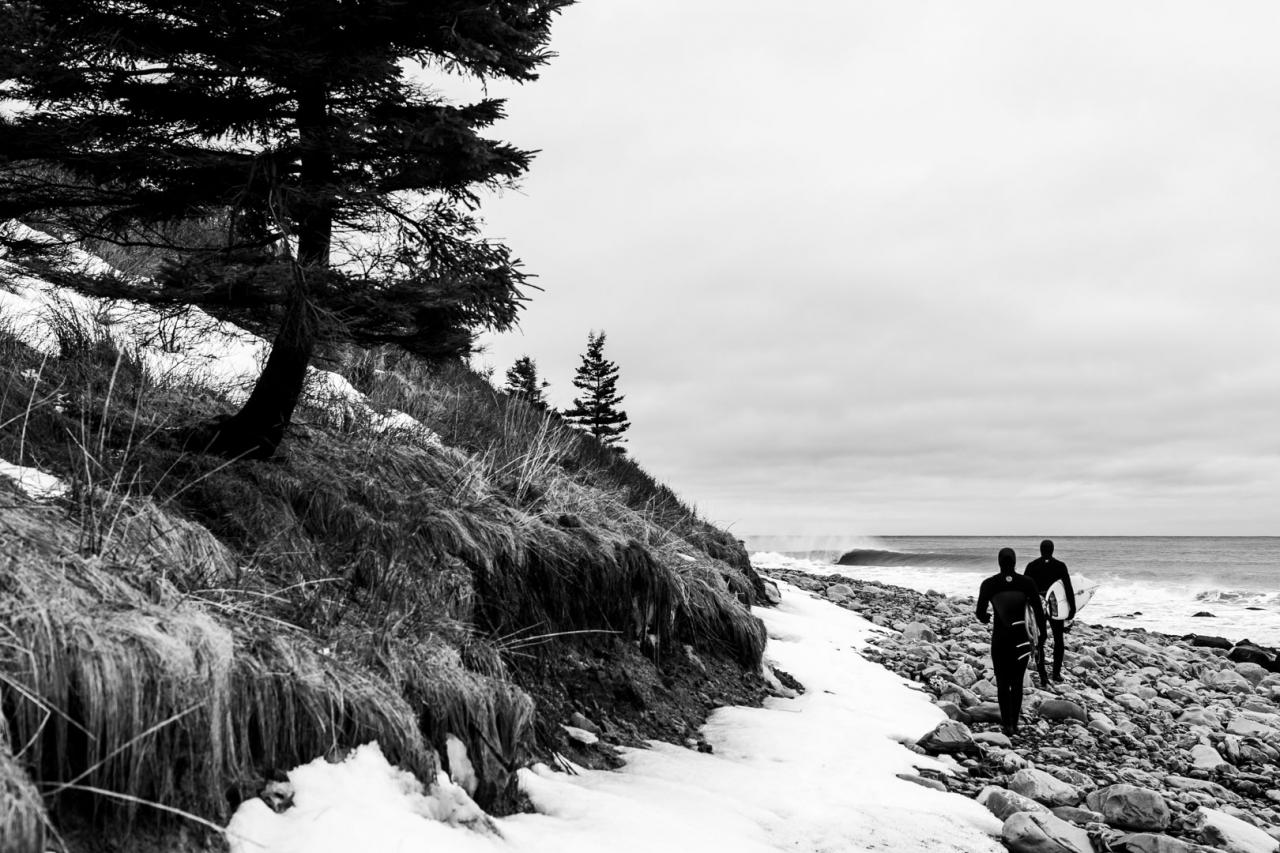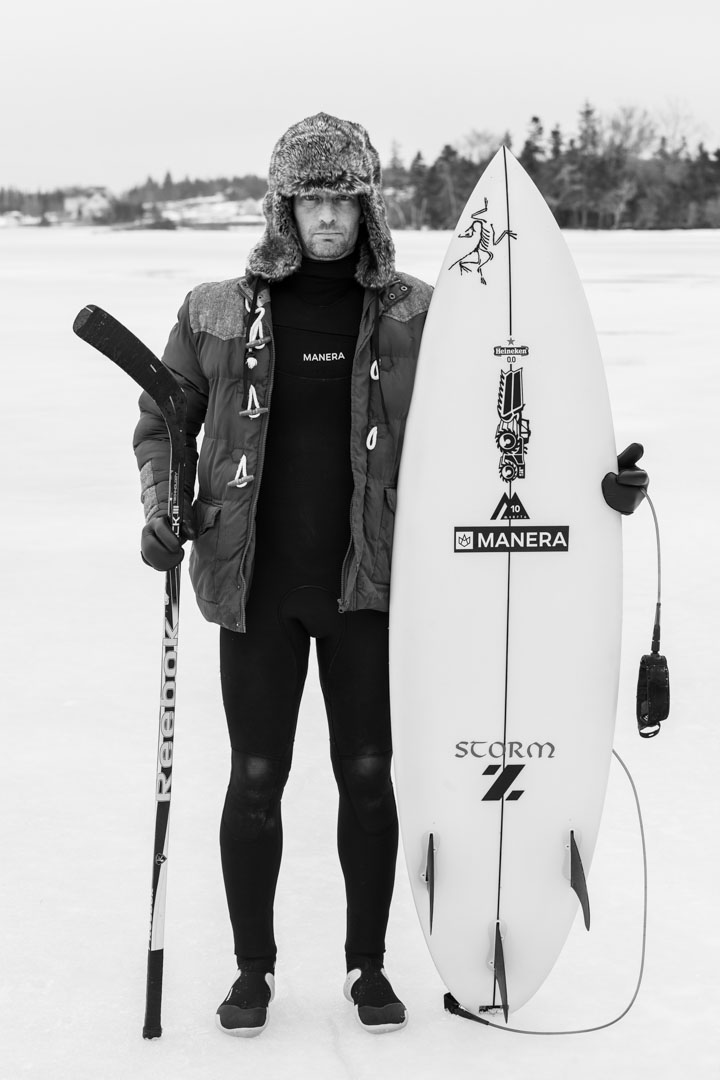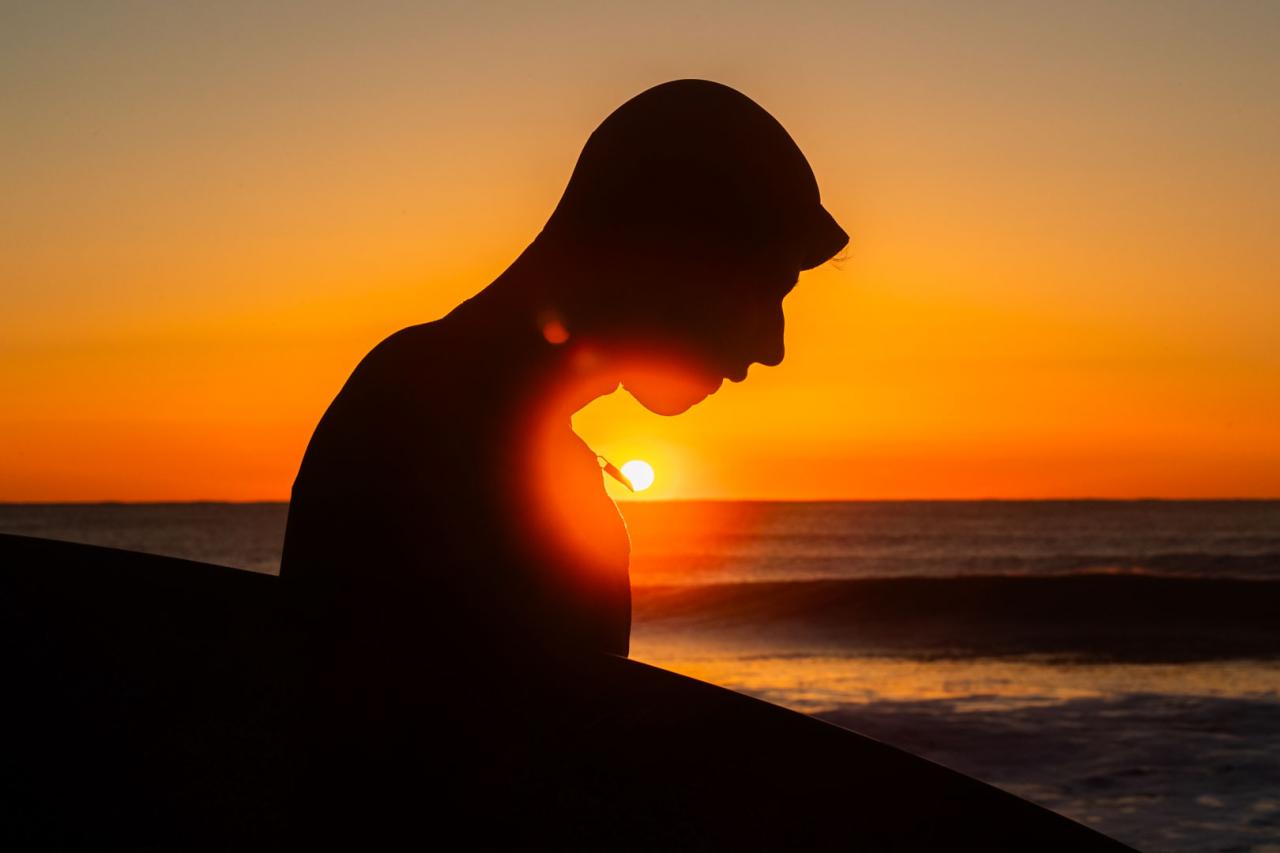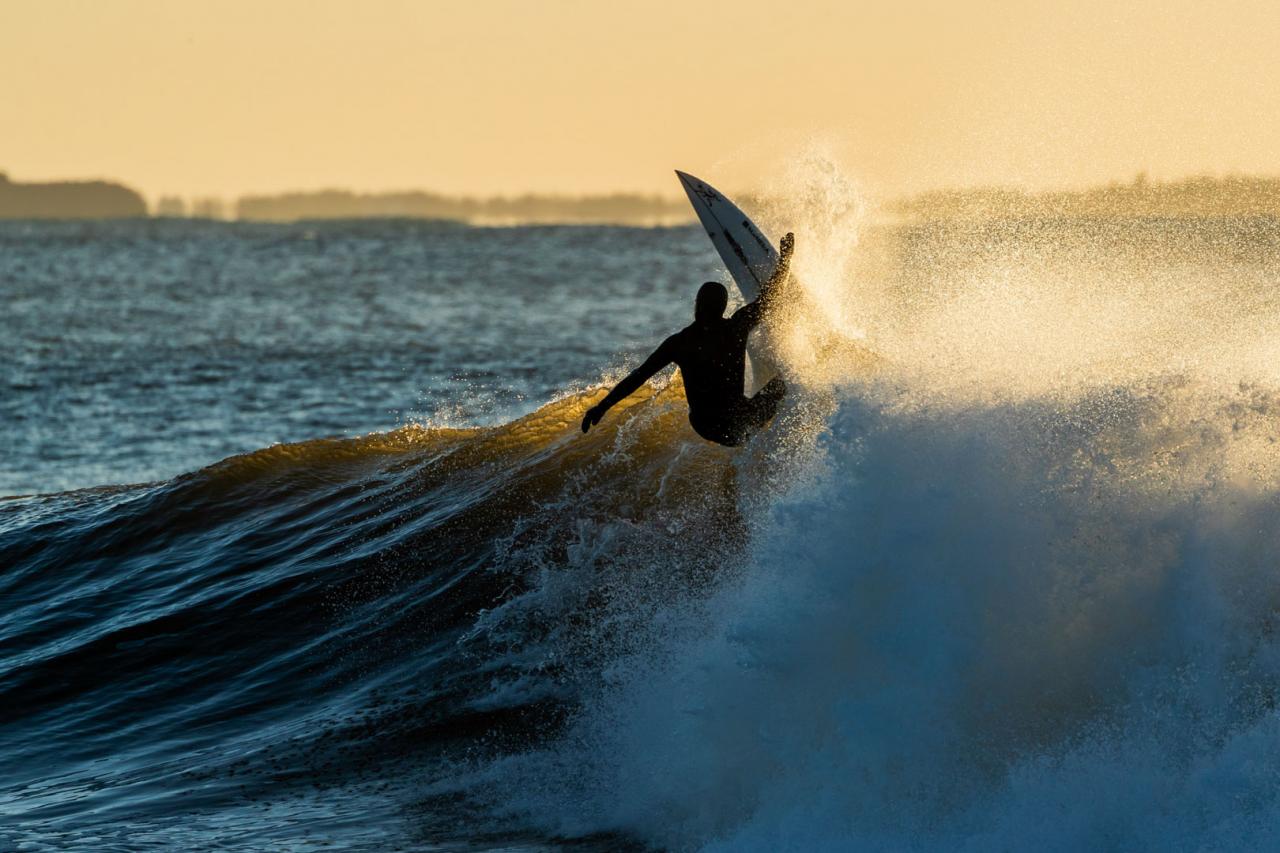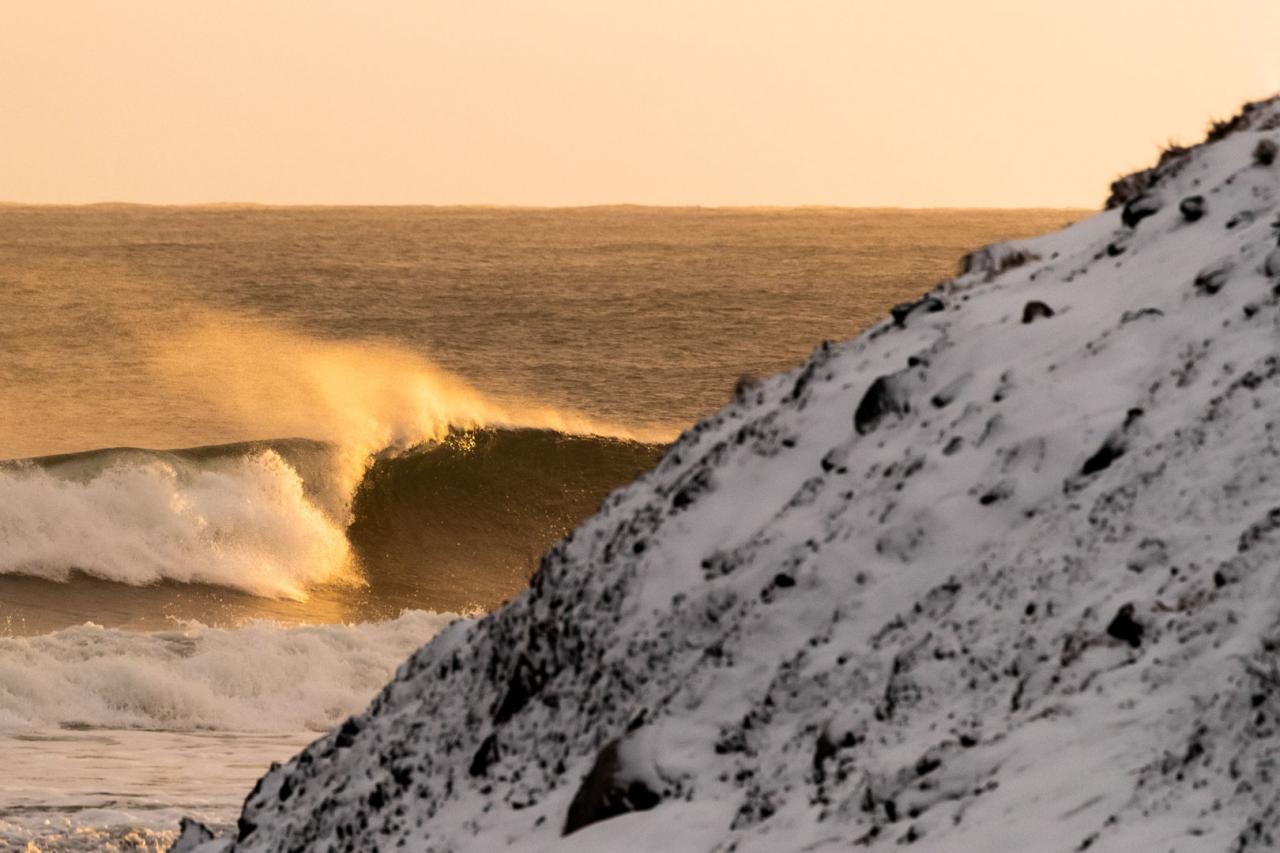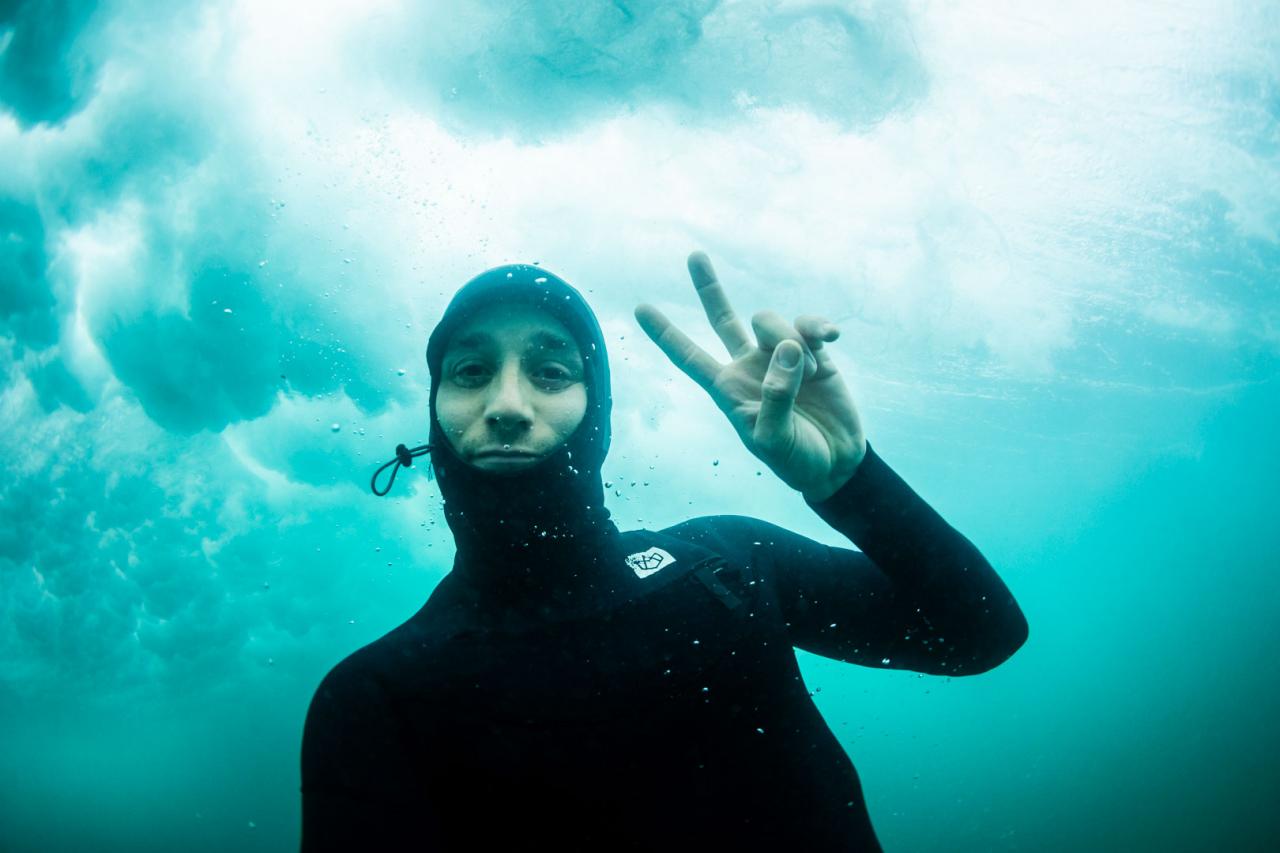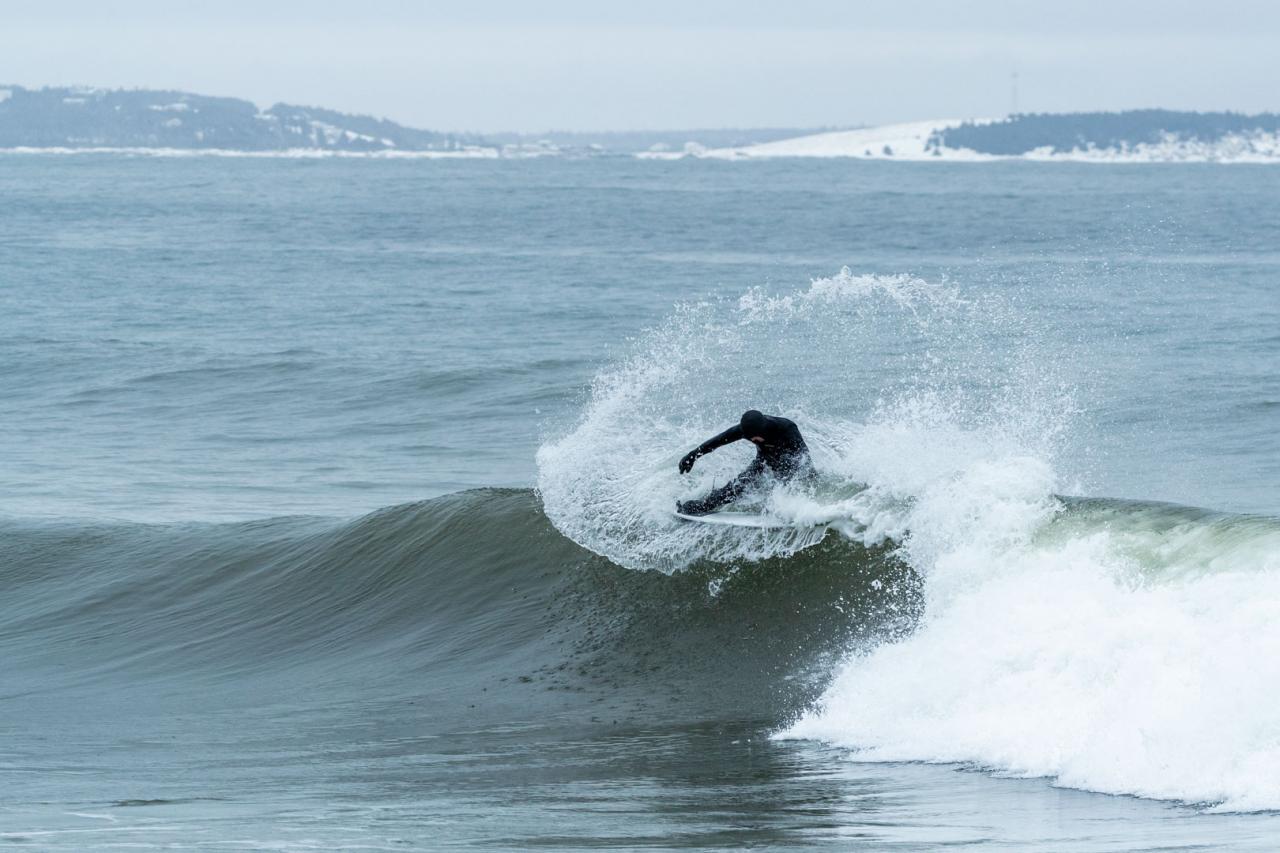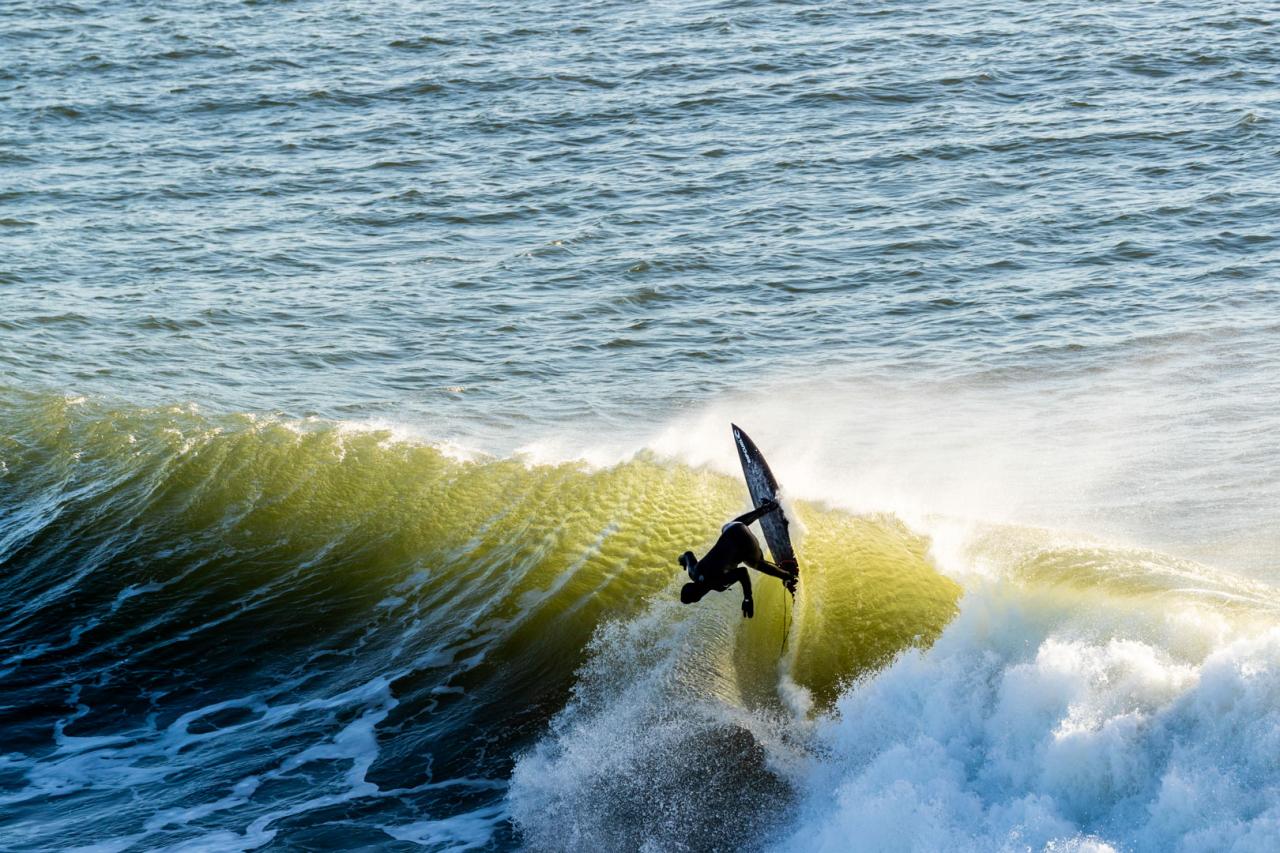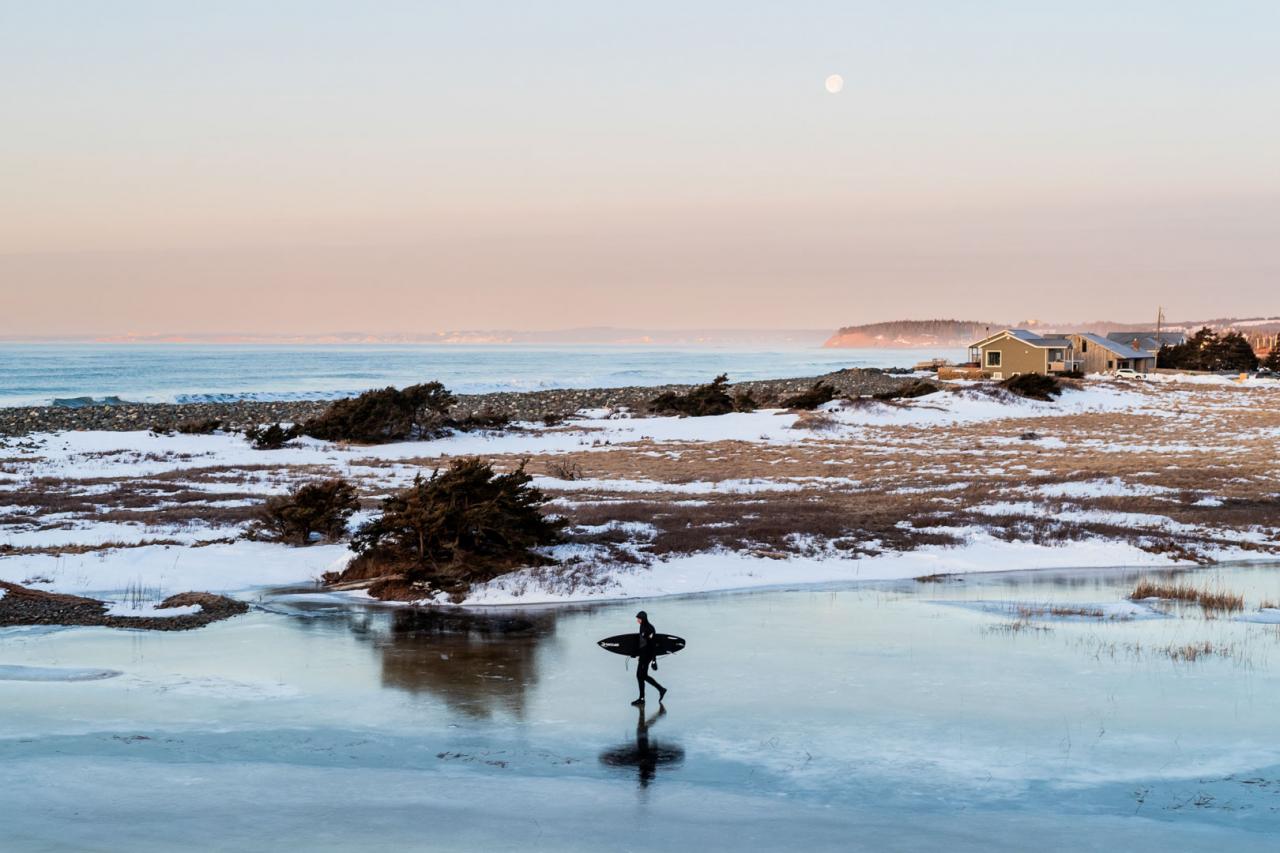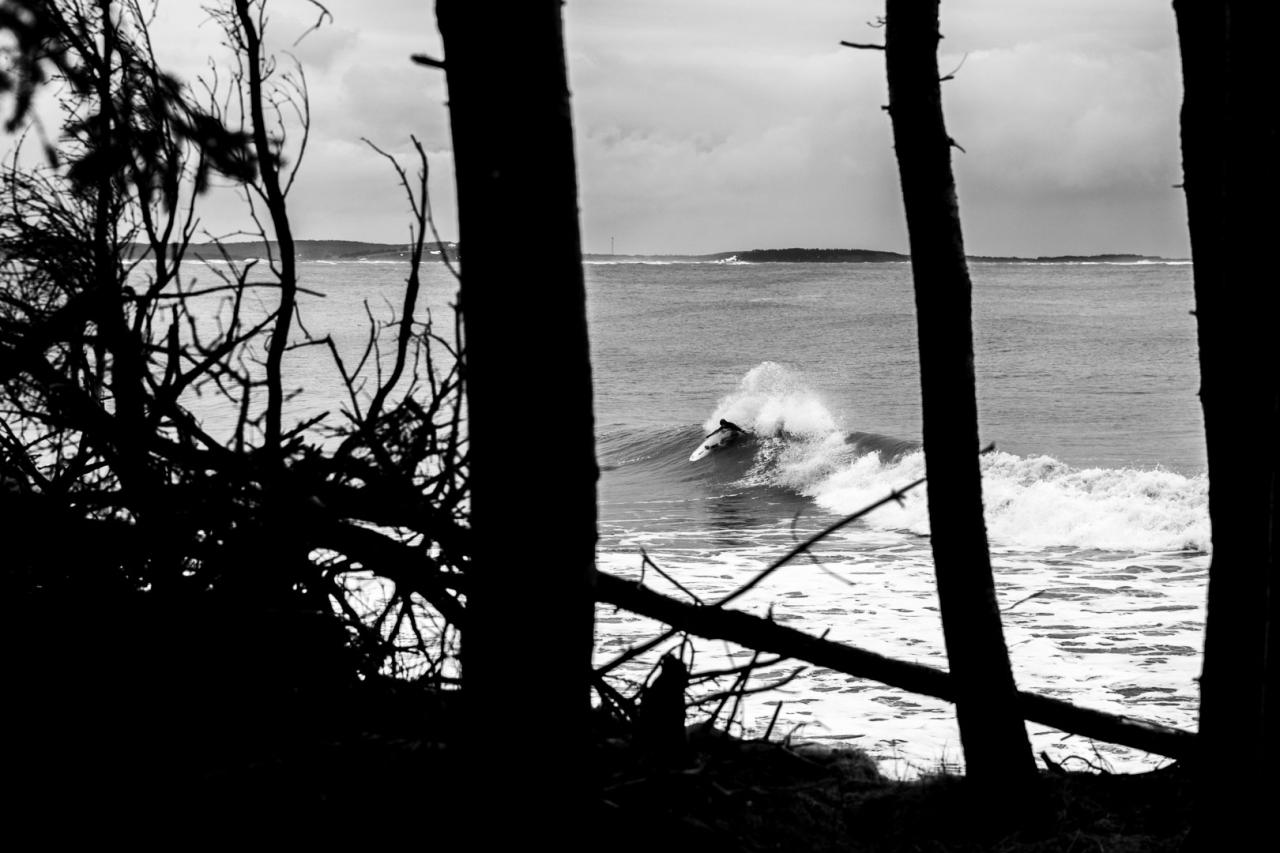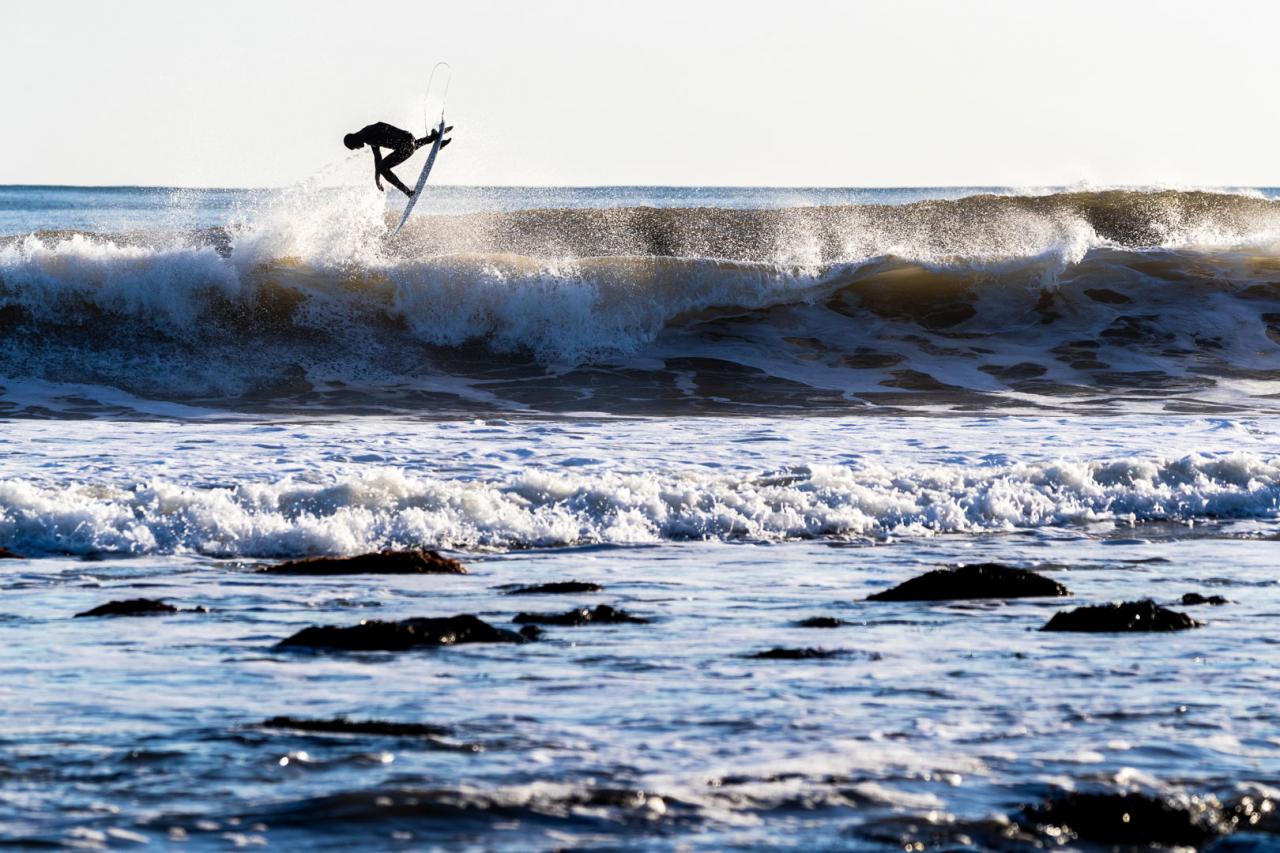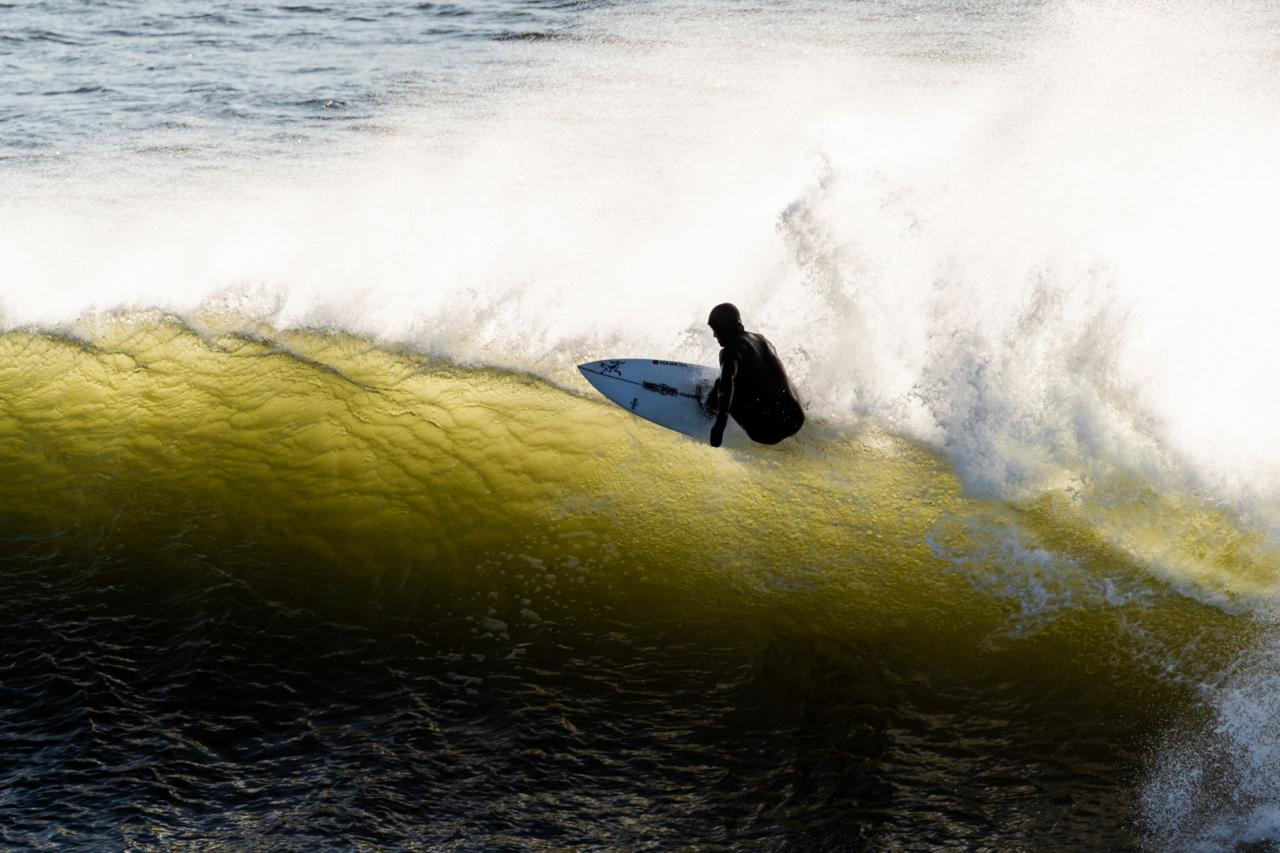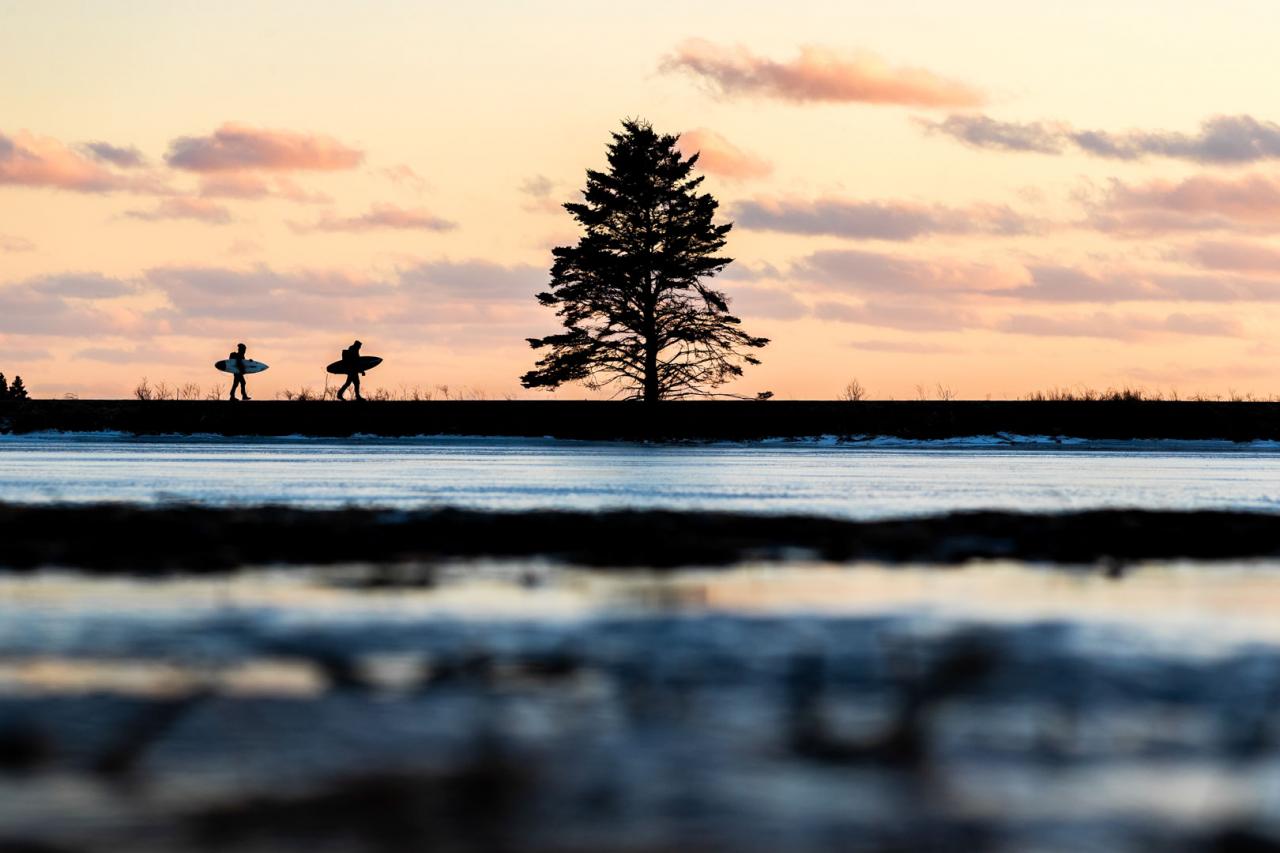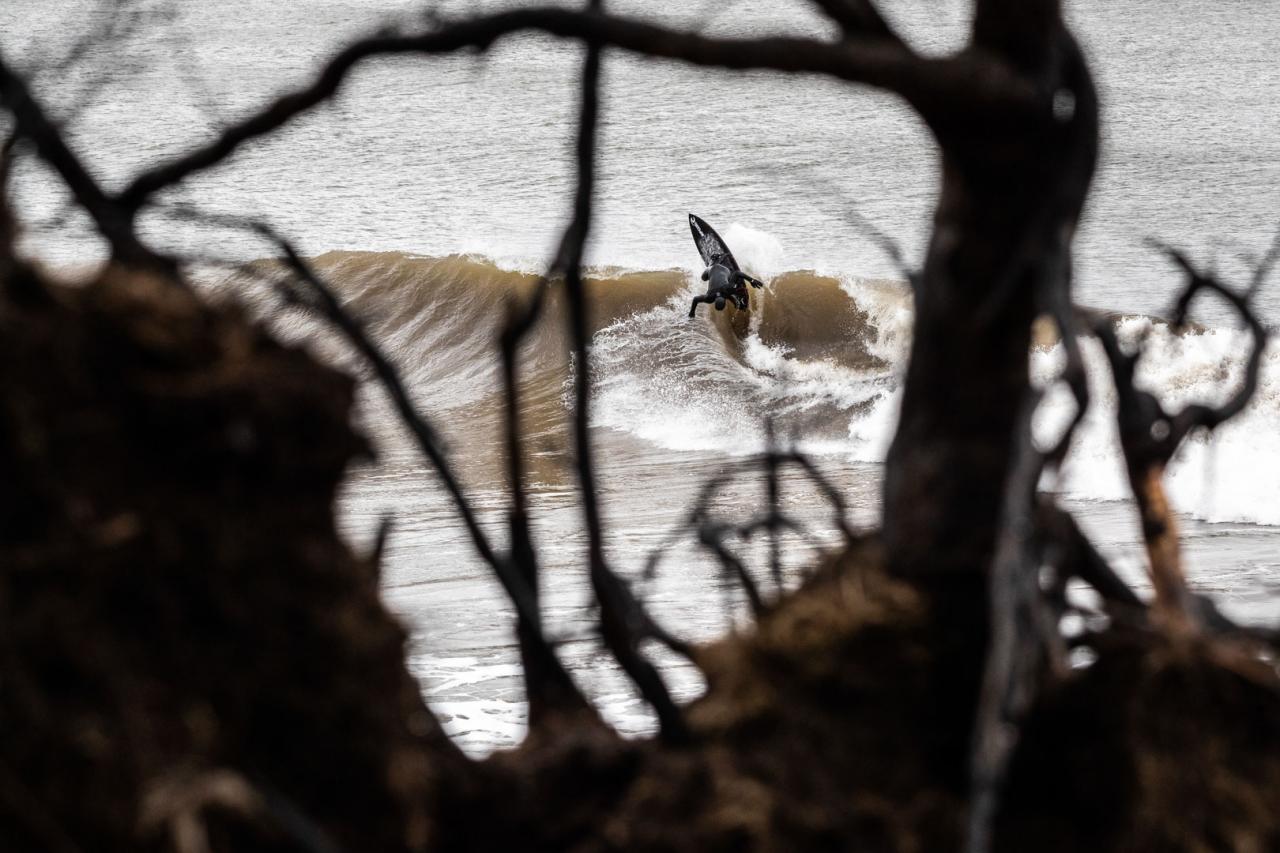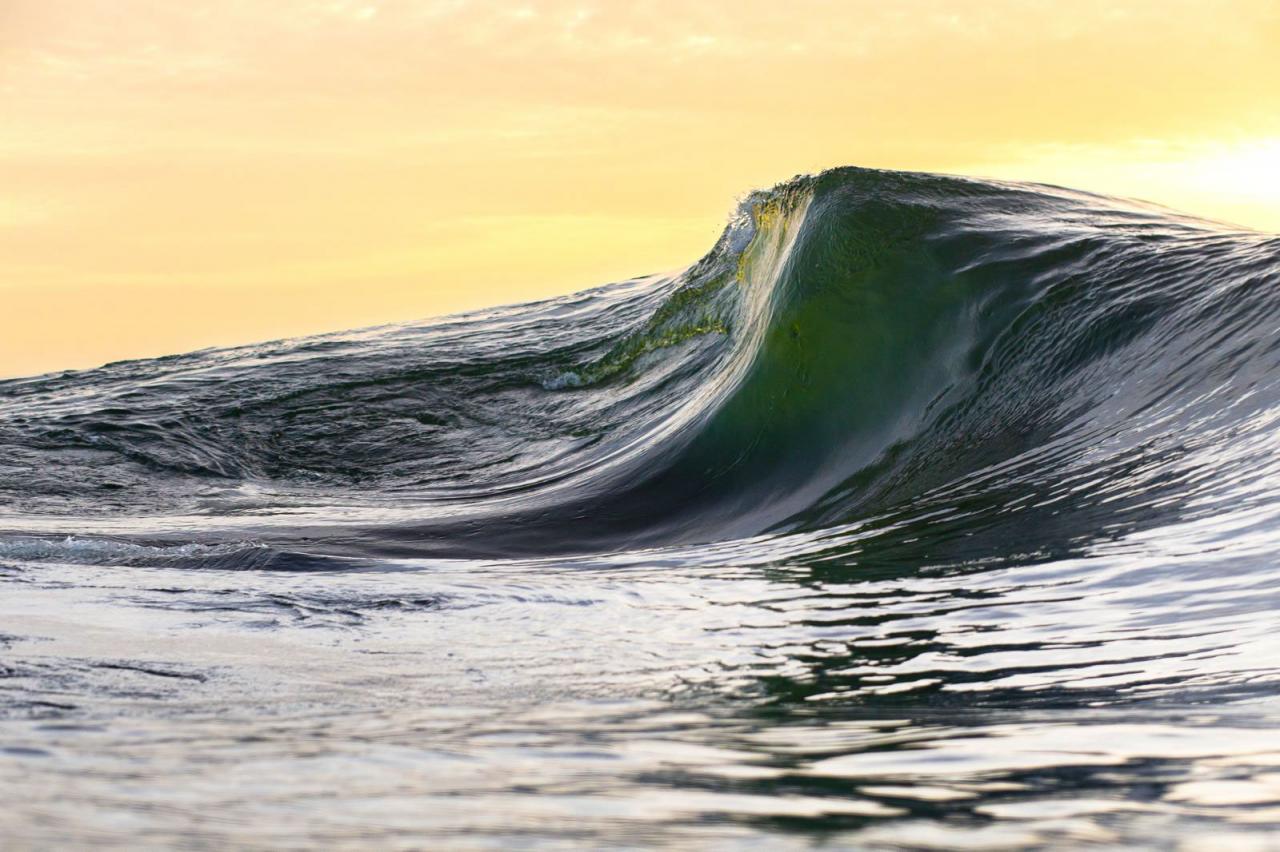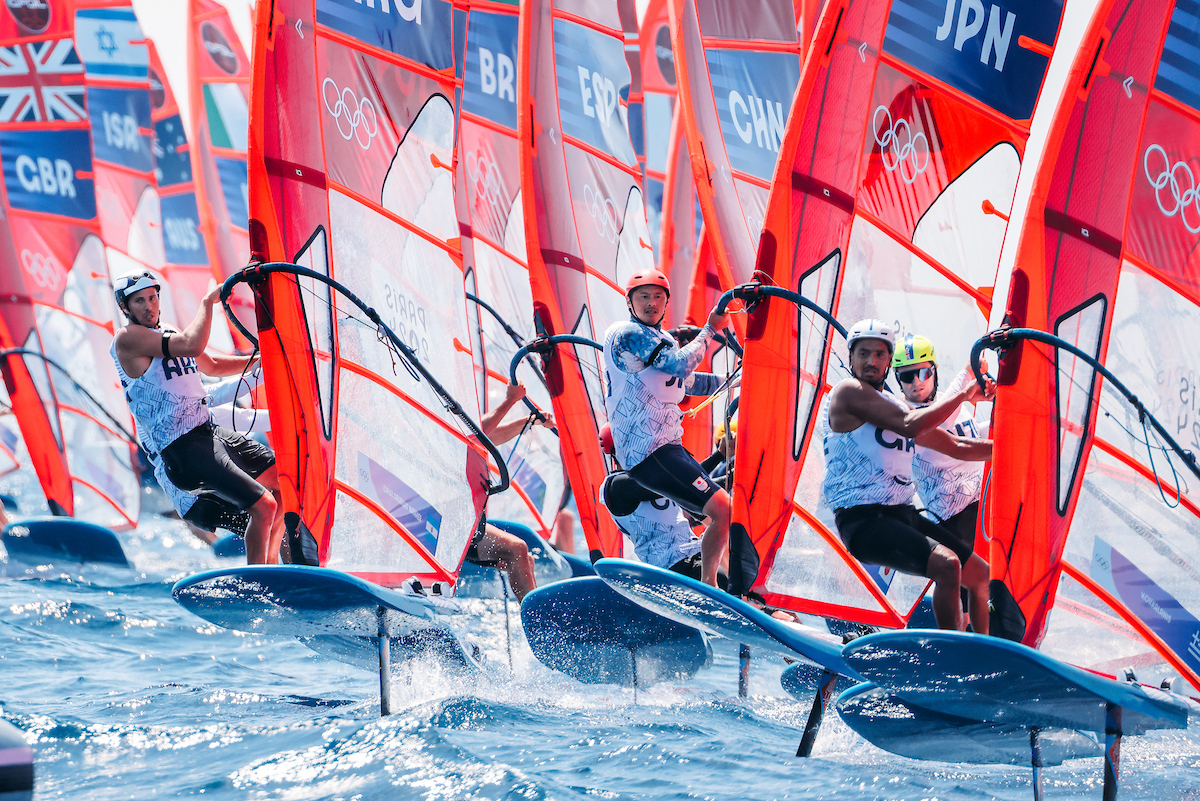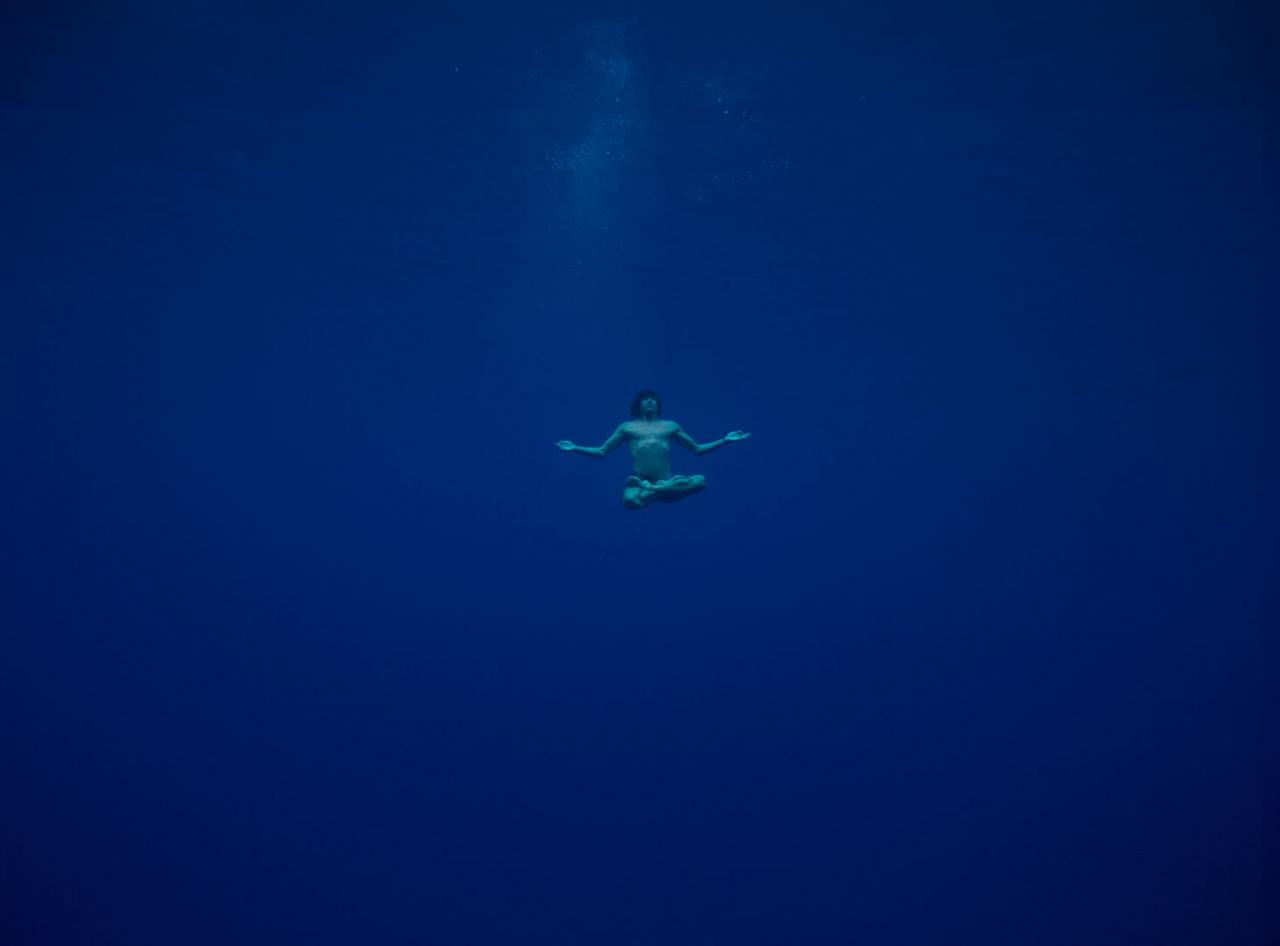"This is unquestionably the most bone-chilling water I've ever surfed in," remarked local surfer Nico Manos, a seasoned veteran of Nova Scotia's ice cold waves for over three decades. The stark contrast with British Columbia’s comparatively balmy 7°C waters was palpable in that statement.
Here in Nova Scotia, we were grappling with temperatures dipping to a freezing 0°C, and feeling somewhat less seasoned than our East Coast counterparts. As it turns out, the locals here were enduring an unusually frigid winter, both in the water and in the air. Lawrencetown is the home of Nova Scotia’s surf scene and embodies the quintessential rural charm of this rural landscape. Nestled along the coast of the Atlantic Ocean, this area has become known as a winter surfing hot spot in North America. Lawrencetown’s charming community is tucked away in the fertile Annapolis Valley, where this small, close-knit town offers a quiet lifestyle amidst rolling hills, farmlands, and great natural beauty, making it an ideal spot for outdoor enthusiasts. February is cold enough here to coerce most families into burrowing themselves in their homes with no desire to set foot outside, let alone don a neoprene suit and frolic about with surfboards in an ocean that mirrors the consistency of slush. But still, there are a few.
For myself, as a photographer, braving the elements on the edge of an eroding cliff with a wind chill plummeting to -20°C while sensation slowly numbs in your extremities, it demands a certain kind of fortitude. Yet, having dedicated considerable time myself towards documenting cold water surfing on Vancouver Island - particularly Tofino - it is almost my personal obligation to explore the other coast as extensively as I have my own.
My last visit to Lawrencetown, about six years ago, was to assist the filming of a friend's video project. Still to this day, the memories of swimming in those icy waters with frigid air blasting on the only exposed skin of my face makes me think that the sensation is only comparable to getting tattoos all over your face. This, while trying to stave off the quickly spreading numbness in your extremities within the first twenty minutes of being in the water. What I remember most clearly is huddling in the car post-surf with the heater blasting, trying to recover from the time spent immersed in the elements outside.
The travel costs to fly from my home on the west coast of British Columbia to the coast here, although allegedly only domestic flights, border on larceny. Believe it or not, it often costs more to fly coast to coast in Canada than bypassing the North American route altogether and hopping across the pond to London or other European hubs. With that being the case, it isn't common to find any Canadian surfing native chasing swells across the bitterly cold corners of your home country, as most tend to forego the hefty price tag in favor of shedding rubber and surfing in more temperate conditions.
But for us, in Nova Scotia for a mission, the challenging environment was a factor which surfers Peter Devries and Reed Platenius had to acclimate to quickly due to an impending swell expected in a couple of days upon our arrival. After catching a redeye flight from Vancouver, we found ourselves battling both jet lag and the clumsy stiffness of our seven-millimeter lobster claw mitts and six-millimeter wetsuits in the snow at Cow Bay, Nova Scotia on the Eastern Shore of the Halifax region.
Cow Bay is a gorgeous coastal town known for its stunning natural beauty and relaxed maritime charm. Nestled along the Atlantic Ocean between the Daintree River and Cape Tribulation, Cow Bay offers picturesque cobblestone beaches, rugged landscapes, and popular surf spots attracting surfers and outdoor enthusiasts year-round. For Reed, a freshly minted 20-year-old surfer embarking on his first 'real' free surf trip with us, after competing on the QS and Junior QS circuits, it was a baptism by icy waters.
“The water was so cold the seaweed was frozen!” Reed exclaimed excitedly.
“A local guy told me if it were flat for a week the ocean would turn to slush.”
Reed’s current goals revolve more around surfing international contests rather than stacking clips or getting photos published in magazines. Pete, on the contrary, has spent the majority of his life free surfing inside and outside the boundaries of Canada, focusing on scoring perfect waves in cold waters where there are no crowds.
“It’s more about surviving your session,” says Pete. “Your preparation and timing need to be on point or else you just freeze! I think surfing a beach break in a place like Nova Scotia is torture so the pointbreaks are a luxury. Three duck dives and I already had brain freeze here. I can’t even imagine a challenging paddle in water that cold.”
Pete and I have traversed the globe together for the past decade, so we wasted no time in setting the tone for our trip and explaining how we operate to our new counterparts. Our routine is often relentless. Early morning begins by scouring the coastline for optimal spots past Dartmouth, often referred to as the "City of Lakes". Dartmouth is a vibrant urban community within the Halifax Regional Municipality. Dartmouth offers a unique and dynamic living experience on the eastern shore of Halifax Harbour, where most diehard surfers here call home. Our team paddles out together at dawn, chases midday breaks, and often finds ourselves back in the water for a third session of the day to catch the best light possible.
I'm told I can be a very convincing speaker, especially in matters regarding a potentially great photo opportunity. Maximizing the swell opportunity is imperative especially in the unpredictable waters of eastern Canada where opportunities are sparse and can often disappear within minutes. With two different swells on the horizon, our optimism was high. If the first one failed to deliver, surely the second would be worthwhile for our mission. At the very least, we would be scouring the maritime coast for wind-protected nooks and spending hours in the car sustained by Tim Horton's coffees and donuts.
Despite Pete's expertise in forecasting, relying solely on local buoy readings proved futile at times. Days forecasted to be flat ended up boasting well overhead waves, while anticipated large swells were marred by all-day morning sickness and feeble wind swell. Fortunately, we had the guidance of multiple friendly locals who were only too eager to steer us in the right direction. It always strikes me slightly how warm and gracious the Nova Scotian surf community is despite the cold harshness they so often endure. Nova Scotia's diverse cultural fabric is woven from its Mi'kmaq heritage, Acadian history and Scottish and British influences, which are often reflected in the land’s festivals, music, cuisine and - apparently - surfers. Even the gruffest and most surly-looking locals greeted us in high spirits. As respect is shown, it's the kind of place where you can expect to be given the same in return.
“Apparently Seany there from Bedford came in from a surf one day like this with his hands so cold that he couldn’t turn his car key to open the door,” a fellow surfer reminisces. “After tryin’ for ages, he decides to start walkin’ to his buddy’s place, over an hour away. By the time he got there, he had frostbite on his fingers and a mild case o’ hypothermia.”
However, the surfer's dilemma of choosing between various breaks amidst an abundance of options poses a challenge, both for us visitors and the locals. Nate Laverty, the orchestrator and videographer for our trip and the mind behind his upcoming feature film, ‘Creatures of Habit,' always aims to disrupt the status quo by pushing surfers out of their comfort zones. Indeed, we found ourselves embracing the unfamiliarity, and fueling our sense of adventure despite the hurdles. As Nate and I stood on the rocks, cameras in hand, watching the waves roll in at sunset, we couldn't help but fantasize about returning here for our own surf trip—sans cameras and professional surfers— to share the lineup with the handful of amiable locals. Perhaps we would return in autumn with hurricane swells and slightly warmer conditions.
Later that evening, while attending a local movie night at Lawrencetown Surf Shop, we were heartened by the warm embrace of this tight knit community. There was no need for cryptic signals or wave hoarding as everyone was eager to share the stoke, understanding the challenges of scoring waves in this rugged yet picturesque landscape.
“The locals are just fun to be around and the atmosphere in the water is great,” claims Pete. “The people that surf all winter here are next level. That’s real cold! I feel like it’s almost a different sport or lifestyle in a place like that.”
In Canada, where the waves are capricious, the people are welcoming, and the adventure ever-present, stereotypes sometimes hit the nail on the head. While surf trips rarely offer the outcome that one is looking for, in Nova Scotia it seems almost fitting to be shown glimpses of magic, flickering briefly between shifting winds and dissipating swell, before being snuffed out. Not quite enough to scratch the itch, but just enough to keep you coming back to chase the dragon. If you are lucky and timely enough to be present on the rare occasions where the elements do align, you'll need no reminder of why you scampered across the icy, pillow lined points, or endured the Timbit-riddled kilometers, searching for something special.

